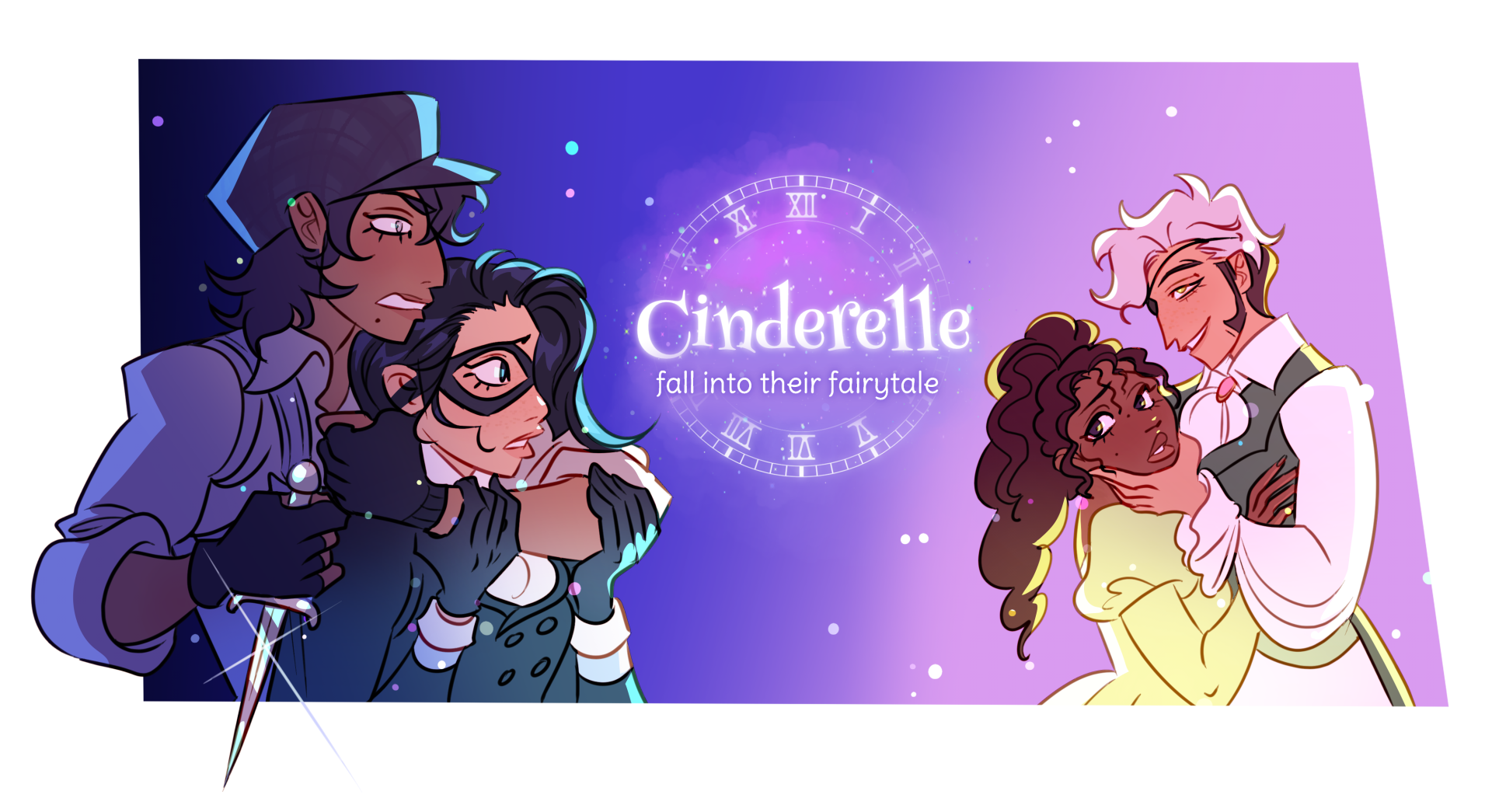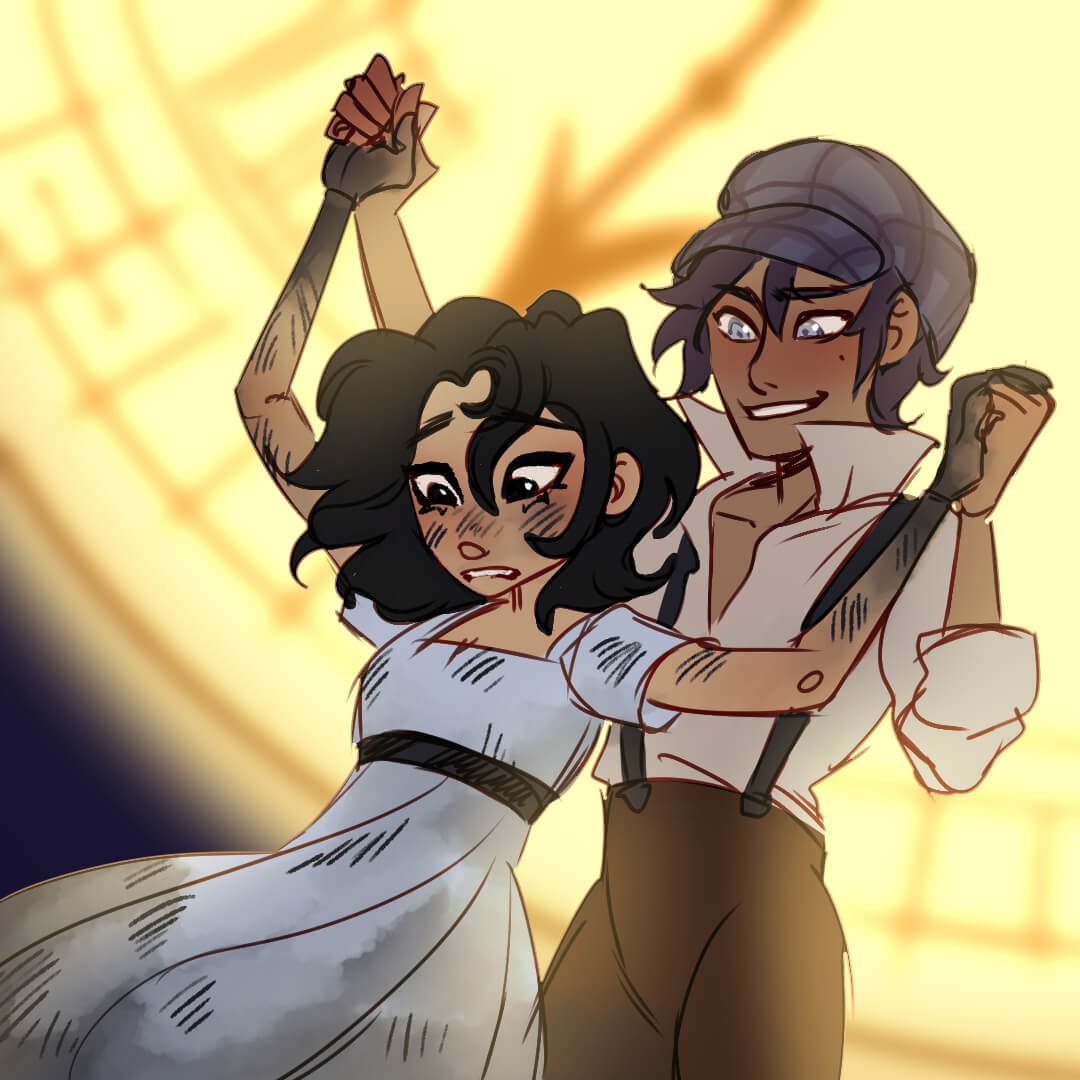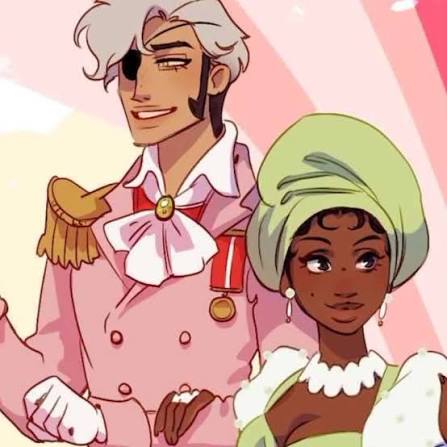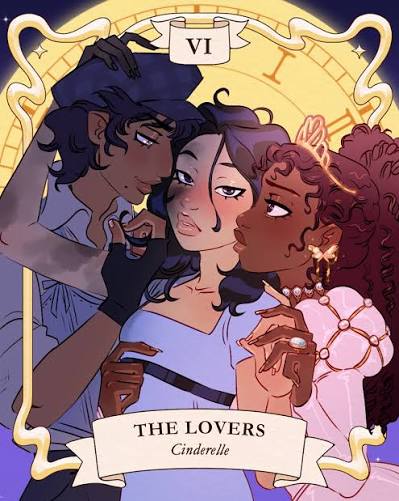
Cinderelle is a romantic, queer-leaning webcomic by Troyzworld that has drawn over 6.4 million views. The story follows Giselle, a noblewoman who should be supporting her best friend’s royal engagement but instead finds herself heartbroken as the person she loves becomes betrothed to someone else. Refusing to stand by, Giselle teams up with a handsome rogue who wants the princess’s fiancé dead, and together they uncover that the engagement hides darker secrets. The comic mixes intrigue, humor, and messy feelings as a noble lady and a street rat try to steer the kingdom away from a false courtship while navigating a slow-burn friends-to-lovers arc and a love triangle; watch the Webtoon Wave spotlight here:
Key Themes and Tone
• Queer representation: A tender, central LGBTQ+ romance that treats queerness as natural and consequential; nonbinary identities are presented with respect and specificity, while fluid gender expression is woven into character behavior, wardrobe, and relationships rather than used as exposition.
• Friends to lovers: A slow-burning emotional arc that rewards shared history; the transition from confidants to lovers is earned through small, intimate moments, reluctant honesty, and escalating stakes that force both characters to confront what they’ve always hidden.
• Court intrigue and mystery: A layered political plot where courtly etiquette and public spectacle mask layered conspiracies; every social ritual can be read for motive, and revelations about the engagement escalate both personal danger and the kingdom’s instability.
• Humor and pathos: Wry, character-driven humor undercuts tension without deflating it, while quiet, aching scenes land emotional truth; the comic balances levity and gravity so that jokes sharpen character voice and sorrow deepens reader investment.

Main Characters
• Giselle: The story’s emotional center; a loyal friend whose quiet strength is tested by unrequited love. She moves from composed courtier to hands-on investigator, making morally messy choices because protecting people she cares about matters more than preserving her reputation. Her internal conflict, duty versus desire, drives both her growth and the plot’s moral stakes.
• Ash: A magnetic, nonbinary rogue who refuses easy labels: sharp-witted, dangerous when needed, and surprisingly tender in private moments. They use they/he pronouns and command scenes through confident body language, quick humor, and a willingness to break rules. Ash’s outsider perspective exposes the court’s hypocrisies and becomes the spark that forces Giselle to act.
• The Princess: Obligations and public performance define her role, but she isn’t a simple prize; she’s layered with agency, vulnerability, and political pressures that complicate her choices. Her relationship with the fiancé reads as both public theater and genuine feeling, making revelations about the engagement emotionally fraught and narratively compelling.
• The Fiancé: Initially a figure of courtly promise, his true ambitions and hidden motives peel back slowly, transforming him from romantic rival into a central axis of the mystery. He’s written with shades of charm and menace, so every polite smile can mask strategy, greed, or something more dangerous.

Art Style and Storytelling
• Visual tone: Polished, character‑forward panels that prioritize expression, silhouette, and costume as storytelling tools; linework and color palettes shift to match mood so quiet conversations feel intimate while confrontations pop with contrast and motion. Backgrounds and design details punctuate character beats rather than overwhelm them, making chemistry readable at a glance.
• Pacing: Confidently balanced between stand‑alone emotional scenes and a steadily unfolding mystery; episodes deliver satisfying micro‑arcs while serialized reveals seed tension and reward long‑term readers. Timing leans on visual beats and panel rhythm, using silence, closeups, and sudden motion to stretch longing or accelerate danger when the plot demands it.
• Versions and extras: The creator offers Cinderelle Canvas on Patreon, an earlier 23‑episode incarnation that illuminates artistic and narrative choices; comparing versions reveals changed character beats, redesigned visuals, and new thematic emphasis. Behind‑the‑scenes content, character reels, and creator commentary enrich the reading experience and show how storycraft evolved across drafts.

About the Creator
• Troy Franklin (troyzworld): A nonbinary artist and lifelong storyteller whose work blends sharp visual design with intimate, character‑first narratives. Drawing since childhood, Troy treats comics as a practice of continual revision and discovery, refining voice, pacing, and worldbuilding across iterations of Cinderelle.
• Creator presence and extras: Troy shares in‑depth creator interviews and behind‑the‑scenes process videos, including a featured Webtoon Wave interview that explores their workflow, lessons for other creators, and how launching a webcomic transformed their creative life (YouTube). They post character reels, sketches, and story development on Instagram at @troyzworld and provide Patreon supporters with early access, alternate-version releases, and archival material that traces how characters and plotlines evolved.
Should You Read It
• Who will love it: Readers who want queer romance that feels lived‑in and complicated; Cinderelle delivers messy, believable relationships anchored by emotional stakes rather than tropes, with a slow‑burn that rewards patience and payoff.
• What it offers: A character‑driven romance wrapped in court politics and mystery, featuring confident worldbuilding, expressive art, and costume-forward design that amplifies personality, mood, and chemistry.